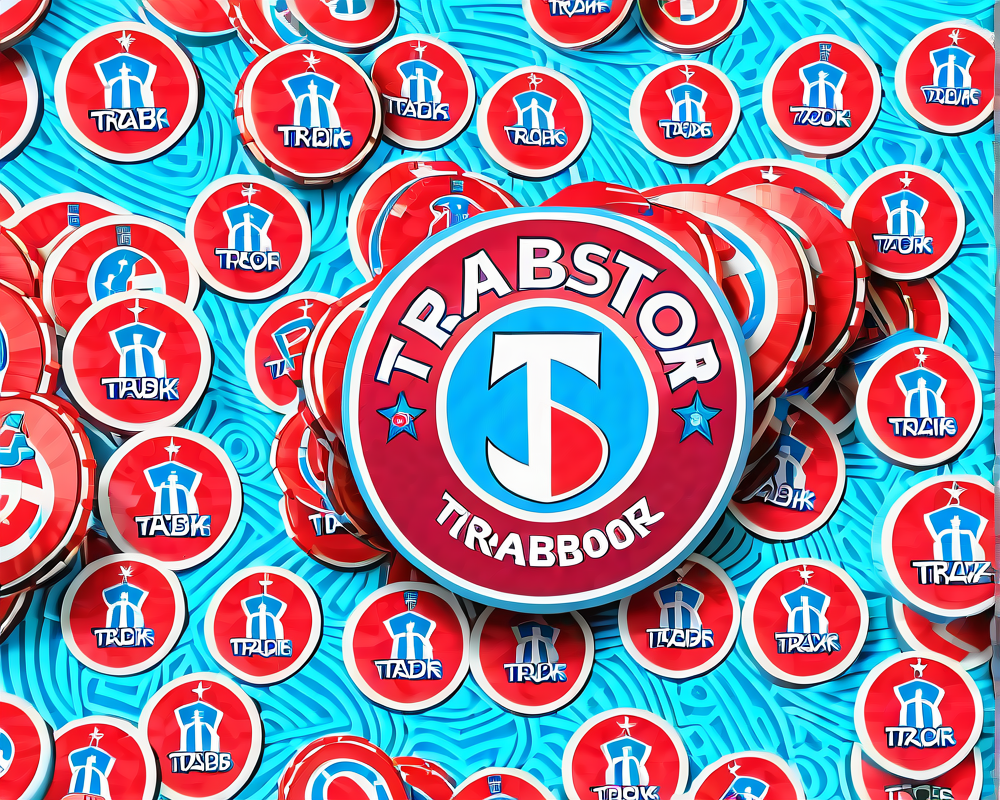Blockchain: The New Dairy Revolution
Just when you thought dairy farming couldn’t get any cooler, Dairy Farmers of America (DFA) teams up with ripe.io to take us straight into the blockchain age. Talk about a moo-ving revolution! This partnership, announced on September 25, focuses on using blockchain technology to boost transparency in the food supply chain.
The Numbers Behind the Moo
DFA isn’t just your average co-op; they’ve got some serious clout. With a membership stretching across 48 states and net sales exceeding $14 billion, they’ve cemented their presence in the dairy market. In 2017 alone, they marketed a staggering 64.4 billion pounds of milk—yes, that’s right, about 30% of the entire U.S. milk production. Now that’s a lot of calcium!
What’s on the Blockchain Menu?
Now, you might be wondering how blockchain fits into this dairy tale. The pilot project is curious and cutting-edge, collecting data from selected DFA member farms and one manufacturing plant. It’s like putting on a pair of glasses and seeing the entire supply chain clearly. According to David Darr, DFA’s VP of Sustainability and Member Services, this approach is about empowerment and engagement. He highlighted that consumers crave knowledge these days. Who wouldn’t want to know where that milk in their cereal comes from?
Why Blockchain? Why Now?
With transparency being the name of the game, blockchain technology offers real-time data that builds trust and confidence in the food production process. It’s like giving a behind-the-scenes look at the dairy cycle, right from the cow to your cereal bowl. Darr remarked, “Consumers today want to know where their food comes from, and blockchain technology… helps increase trust and confidence.” Who knew cows needed a tech upgrade?
Trends on the Dairy Canvas
DFA isn’t alone in this high-tech endeavor. The agricultural sector is seeing a wave of blockchain incorporation. For instance, Albert Heijn, Holland’s giant supermarket, is making waves with the implementation of blockchain technology for transparency in its orange juice production. Meanwhile, U.S. retail behemoth Walmart is pushing suppliers of leafy greens to track their produce using blockchain. It’s like a digital scoreboard for fresh produce, folks!
The Future: What Lies Ahead?
As DFA continues its exploration of this technology, the possibilities seem endless. The integration of blockchain could very well be the secret ingredient that enhances efficiency while ensuring food safety. If they pull this off, consumers might find that trust in our food sources isn’t just a fanciful idea, but a verified reality!




